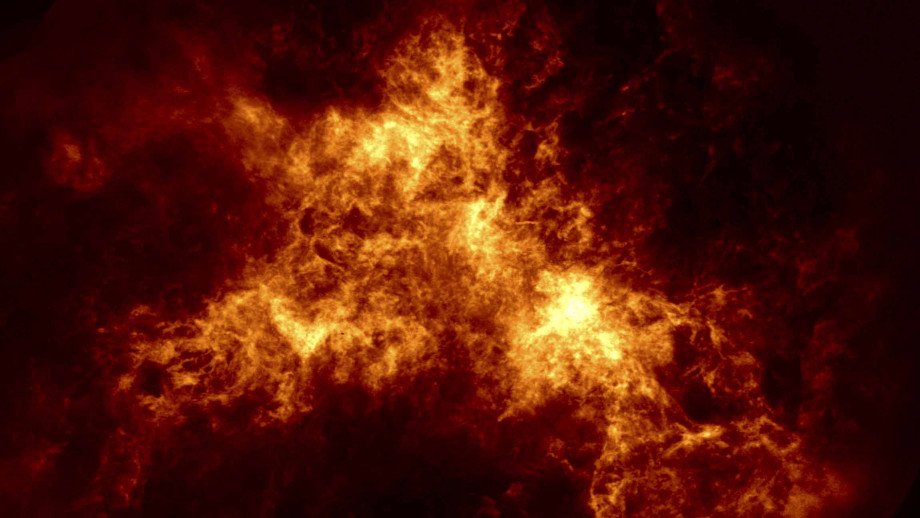Small Magellanic Cloud: Most Detailed Radio Image Of Nearby Dwarf Galaxy Created

The most detailed radio image of nearby dwarf galaxy, the Small Magellanic Cloud, have recently been created by astronomers at Australian National University(ANU).
It could help reveal secrets of how it formed and how it is likely to evolve.
The image was taken by CSIRO’s powerful new radio telescope, the Australian Square Kilometre Array Pathfinder (ASKAP and its innovative radio camera technology, known as phased array feeds).
The Small Magellanic Cloud (SMC) is a small galaxy, only 200,000 light-years away containing millions of stars that — along with its more massive sibling, the Large Magellanic Cloud (LMC).
SMC is one of our nearest galactic neighbors and visible to the naked eye in the southern sky.
Co-lead researcher Professor Naomi McClure-Griffiths said that “the complex structure of the dwarf galaxy likely resulted, in part, from interactions with its companion, the Large Magellanic Cloud, and the Milky Way.”
The image reveals more gas around the edges of the galaxy, indicating a very dynamic past for the Small Magellanic Cloud and these features are more than three times smaller than we were able to see before and allow us to probe the detailed interaction of the small galaxy and its environment.”
Professor McClure-Griffiths said distortions to the Small Magellanic Cloud occurred because of its interactions with the larger galaxies and because of its own star explosions that push gas out of the galaxy.
“The outlook for this dwarf galaxy is not good, as it’s likely to eventually be gobbled up by our Milky Way,” she said.
“The new radio image finally reaches the same level of detail as those infrared images, but on a very different component of the galaxy’s make-up: its hydrogen gas,” Professor McClure-Griffiths said.
“Hydrogen is the fundamental building block of all galaxies and shows off the more extended structure of a galaxy than its stars and dust.”



 Creators of mankind
Creators of mankind Description of “Tall white aliens”
Description of “Tall white aliens” Where they came from?
Where they came from? About hostile civilizations
About hostile civilizations The war for the Earth
The war for the Earth “Tall white aliens” about eternal life
“Tall white aliens” about eternal life Video: “Nordic aliens”
Video: “Nordic aliens” Aliens
Aliens Alien encounters
Alien encounters The aliens base
The aliens base UFO
UFO Technology UFO
Technology UFO Underground civilization
Underground civilization Ancient alien artifacts
Ancient alien artifacts Military and UFO
Military and UFO Mysteries and hypotheses
Mysteries and hypotheses Scientific facts
Scientific facts


















